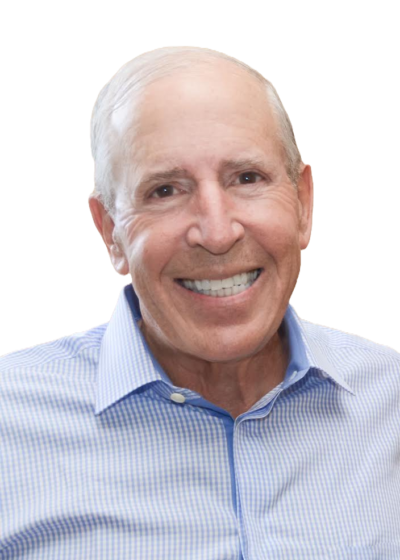“For me friendships are the ultimate scoreboard in evaluating a person’s success.”

Since I was named after the famous World War II correspondent Ernie Pyle, some people might feel that it would be inevitable that someday I would have a byline. However, until I retired from investment banking as a fixed-income specialist at the end of 2004, most of my written communication for some 35 years consisted of a few fragments. It took a few years of retirement before I could convey on paper some of my thoughts.
I came to Wall Street in 1969 straight from Oxford University in England, where I spent a year doing post-graduate research on the influence of the American automobile companies on the British automobile industry. In those days, American multinational corporations seemed on the verge of gobbling up most major companies throughout the world. Fast forward and today we are worried that the business arms of foreign governments will use their billion-dollar surpluses to buy up America.
A friend of mine noted that coming to Wall Street from Oxford was comparable to a priest leaving the monastery and walking into a jungle. The next 35 years were both exhilarating and exhausting. Survival of the fittest or extinction was the daily trial.
I was fortunate to get a trainee position at First Boston. Given the importance of the financial industry today, I thought it would be enlightening to share with you the American financial world of 40 years ago.
In those days, Wall Street firms were mostly small private partnerships. Although there were a number of wire houses that employed a few thousand registered representatives, the investment banks were tiny, hiring at most a dozen trainees annually. That is, firms such as Goldman Sachs, First Boston, Dillon Reed, Kuhn Loeb and Morgan Stanley employed 200 to 400 people.
These firms had little capital and focused almost exclusively on corporate finance. Only Salomon Brothers had a meaningful secondary trading business. Since the investment banks were private, I would estimate that the capitalization of commercial and investment banks represented less than 2 percent of the capitalization of the Standard & Poor’s 500. At their zenith at the end of the second quarter in 2007, financial firms represented about 25 percent of the capitalization of the S&P 500. Thus, the absolute and relative growth of financial firms from 1969 to 2008 has been truly astounding.
After I joined First Boston in 1969, I spent most of the next decade trying to survive. I was fortunate to become a fixed-income specialist because the dollar volume of bonds traded dwarfed the dollar volume of equities and the profit margins in the fixed income area were relatively stable.
During my career, I managed the mortgage-backed department of Salomon Brothers, the government bond department of Donaldson Lufkin, and the corporate bond trading department of Morgan Stanley. At some point I gained the nickname “Doc” because I have developed a pretty good reputation as a doctor of bonds.
I find it difficult to realize that I started writing “Doc’s Prescription” in March 2008. During the subsequent decade, both our economy and I reached rock bottom and pinnacles.
Like the economy in the last 10 years, I also have suffered grievous losses and have been able to persevere. In 2008 and 2009, my net worth declined 40 percent. To recover, I took over direct management of most of my remaining assets. The tripling of the stock market since March 2009 has enabled me to enhance my assets to a personal record.
Beyond my financial reversals, my beloved wife, Eloise, died of cancer in 2011. To honor her memory, I established the Eloise Werlin Park near the eastern end of John Ringling Causeway in 2015. In 2017, I was diagnosed with colon cancer. In response, I hosted a cancer fundraiser, called Coming Together Against Cancer (www.CTAC.Life). At the event at the park, physicians discussed state-of-the-art technological innovations to defeat cancer.
I believe that, just as we defeated polio, we will conquer cancer. Hopefully, on my 20th anniversary writing for the Herald-Tribune, I can write rapturously about a healthier world and its inhabitants.
